Reactive Apparel by Ying Gao
Ying Gao explores both the status of the individual, whose physical contours are transformed by external interferences, and the garment’s function as a fragile protective space.
Ying Gao explores both the status of the individual, whose physical contours are transformed by external interferences, and the garment’s function as a fragile protective space. Her work testifies to the profound mutation of the world in which we live and carries with it a radical critical dimension that transcends technological experimentation. Montreal-based fashion designer and professor at UQAM, recipient of the Phyllis-Lambert Design Montréal Grant, Ying Gao questions our assumptions about clothing by combining urban design, architecture and multimedia.
A life of their own
Her reactive apparel explores how clothing can respond to cues from the environment. For example, after entering a dark room, your clothes would understand this and might light up or if there are any people walking nearby, they might start to actuate in response to this movement.
Her approach is also deeply artistic. She uses knit, wire and actuation to get the clothes to beautifully open and close. This can be seen in one of her pieces where the garment is closed and all of a sudden will burst open to reveal flowers. It is organic, and beautiful, but it also implies that the things we wear could have a life of their own, and behaviors that are not necessarily in correlation to us.
“Of all the [reactive apparel] I've seen, especially around actuated fashion, [Gao’s] work seems to be the most refined. Not chunky with motors, it is beautiful. It is almost seamless.”
- Asta Roseway
Inspirational Vision
A key innovation of Gao’s work is found in her aesthetics. It offers an inspirational vision of a future where clothing will be responsive and reactive. But seeing these dresses in today’s world, instead of in science fiction, makes you wonder about the many larger questions about privacy and exposure they bring up: ‘How comfortable would you feel about your clothing moving? What is the clothing expressing to other people? Do I feel comfortable if my clothes start reacting to something that I'm not aware of? ‘
Hurdles
There are a lot of hurdles to cross before these any of these ideas become reality. For example, Gao uses using Nitinol wire to move her clothing; this requires heat to be generated which in turn requires a substantial amount of power. New forms of actuators, smaller/flexible batteries that can sustain them, and washable or removable components are needed before we can assume mainstream adoption. Engineers are excited by this because it poses huge challenges for them. It raises all kinds of questions including ‘how do you make power more efficient, or components smaller or even invisible?’
While this kind of fashion takes existing engineering and technology into new and very different scenarios, apparel is also a billion dollar business. They see the growing demand from this community in art and fashion. Engineers are starting to respond to these calls for innovation and this is exciting.
Further Reading
- Ying Gao’s Website - http://yinggao.ca/eng/info/profile/
- Vimeo Channel - https://vimeo.com/yinggao
- (no)where(now)here : 2 gaze-activated dresses by ying gao - https://vimeo.com/68293670
- incertitudes : sound activated clothing by ying gao - https://vimeo.com/73585344
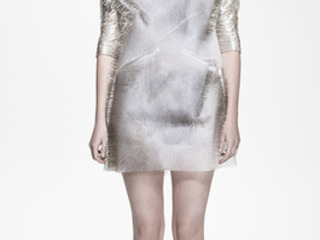
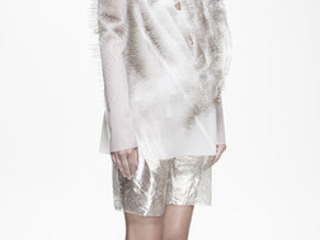
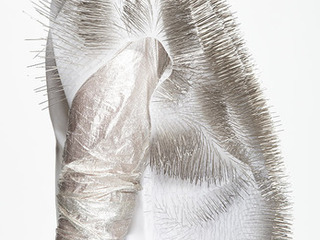
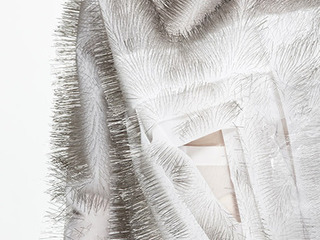
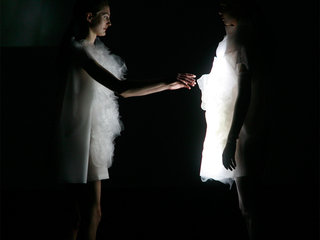
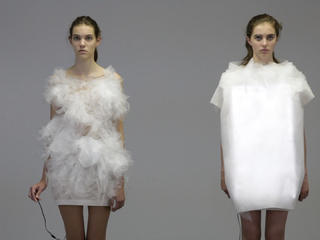
← Back to work
0 Comments